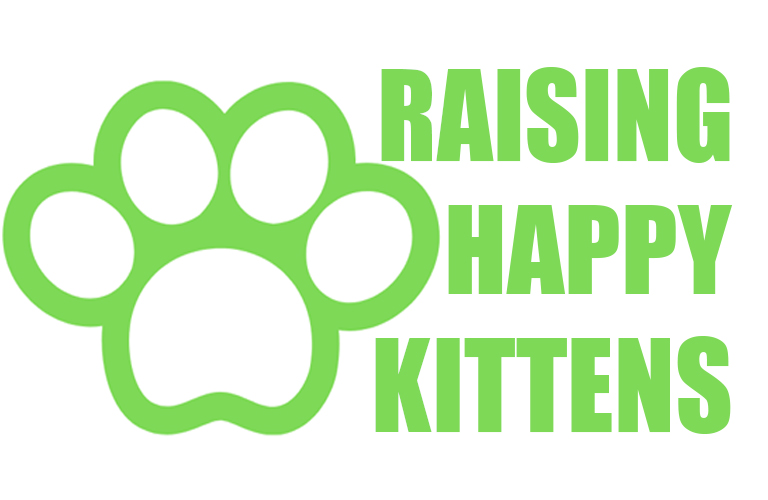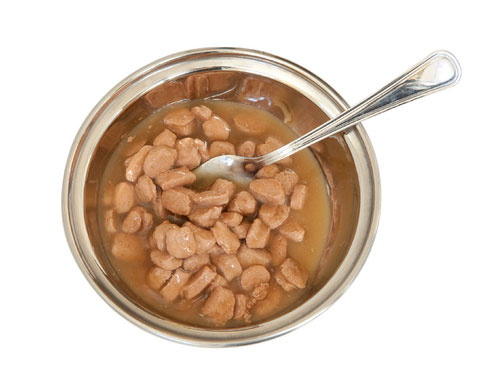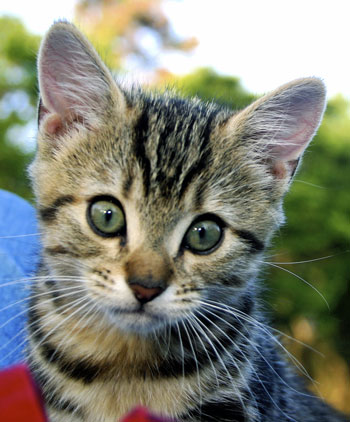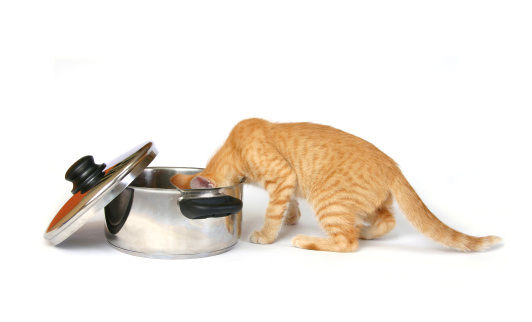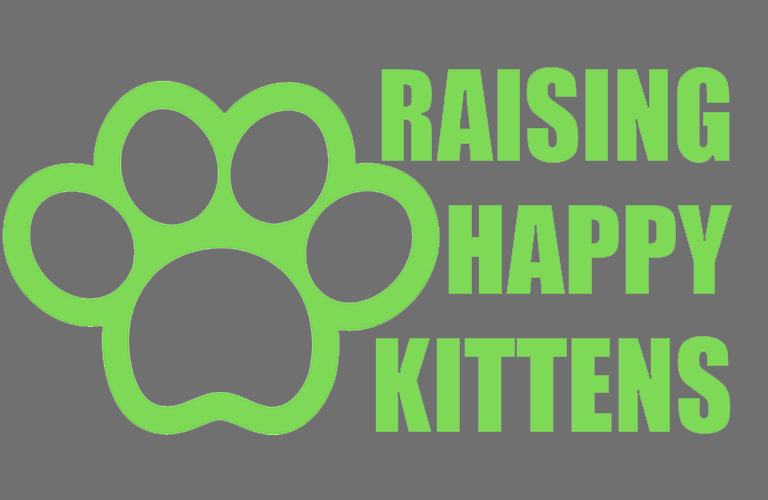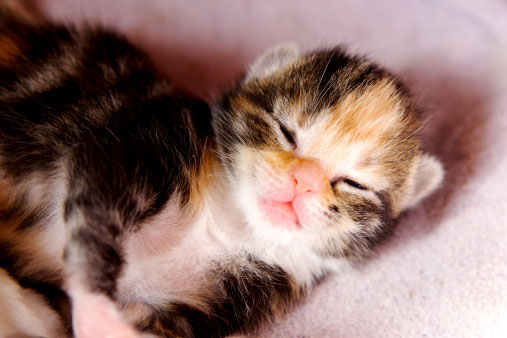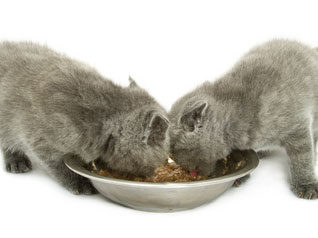Many cat owners think about making homemade cat food for their beloved companions.
One of the reasons is to minimize the level of by-products and other “garbage” fillers that go into commercial cat foods.
Another compelling reason is to avoid the possibility poisoning their pets like what we saw during several recent pet food recalls.
Others simply want more control over what their cats eat.
These are all strong arguments for trying your hand at homemade cat food, but the commitment required is not for everyone.
If you want to create your own homemade cat food, first think about why you want to take this task on–do you want to commit to full meal replacement, or just want to make some occasional “special” meals for your cat?
There is a distinction between these options–keep reading to see what category you fall into.
Homemade Cat Treats
If you are looking to make a “birthday turkey-and-sardine pot pie” for your little one, you do not have to be too careful about nutritional balance, as long as you are not indulging her all the time.
The rules of thumb for homemade cat food indulgences are:
- Home made “treat” meals should not exceed 10% of her diet
- Seafood sources should be avoided or very minimal
- Never use garlic or onions in the food
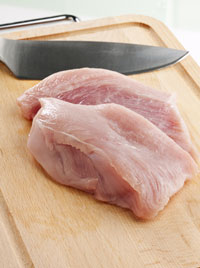 Also, if you have a very young kitten (less than a few months) hold off on giving her any rich foods.
Also, if you have a very young kitten (less than a few months) hold off on giving her any rich foods.
She has a very sensitive stomach, and the last thing you want to do is give her a case of diarrhea.
Other than following these guidelines, have fun spoiling her a bit!
Homemade Cat Food as a Replacement for Commercial Formulas
If you have decided to embrace creating homemade cat food on a permanent basis, there are stricter guidelines that must be followed.
Commercial cat foods (in spite of all their faults) are mandated to balance cat’s basic nutritional needs by incorporating the correct levels of specific vitamins, minerals, calcium and phosphorous.
In other words, you cannot simply cook up some ground beef and call it kitty dinner!
It is highly recommended that you talk to your vet or consult a feline nutritionist to find out what blend and balance of supplements are needed for your kitty’s day-to-day diet.
Raw or Cooked Homemade Food?
While providing a raw food diet is the choice closest to a natural diet, it is also the most labor intensive.
If you have done your homework and found a good supplemented and balanced cat food recipe, then the next step is to source your supplies.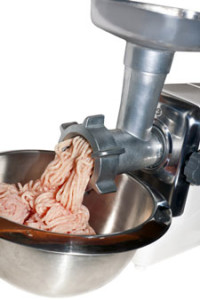
Aside from the supplements, you will also need to invest in a meat grinder and have a reliable and safe butcher that you can trust.
Poultry in general and turkey in particular are often favored by cat owners who make homemade cat food.
As far as providing cooked homemade cat food, you have less to worry about in terms of contamination but lose more of the valuable nutrition that your cat needs.
Cooking meat denatures (destroys) the protein chain, and your kitten’s body cannot access and use it the way she is meant to.
A good (and safe) compromise is to sear the meat on the sides, and leave the inside raw.
If neither of these options appeal to you, there are companies that will ship frozen, pre-packaged servings of raw meat, usually turkey or rabbit.
It is pricey, but if you are looking to give her a diet as close to as nature intended as possible while not having it dominate your free time, this might be the way to go.
